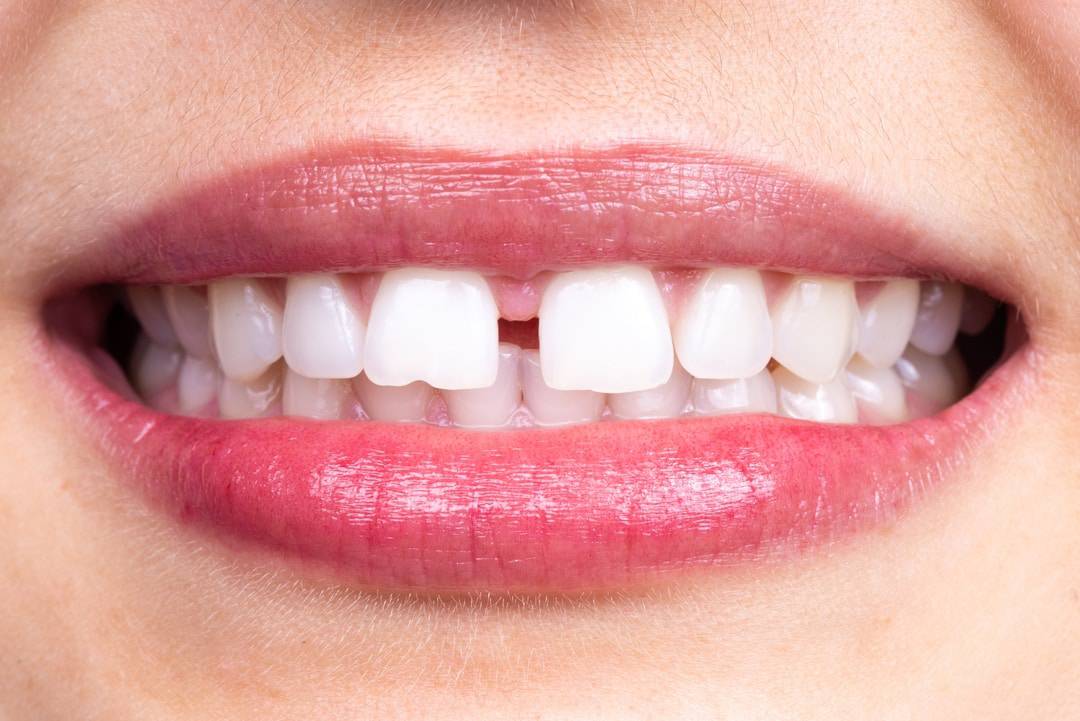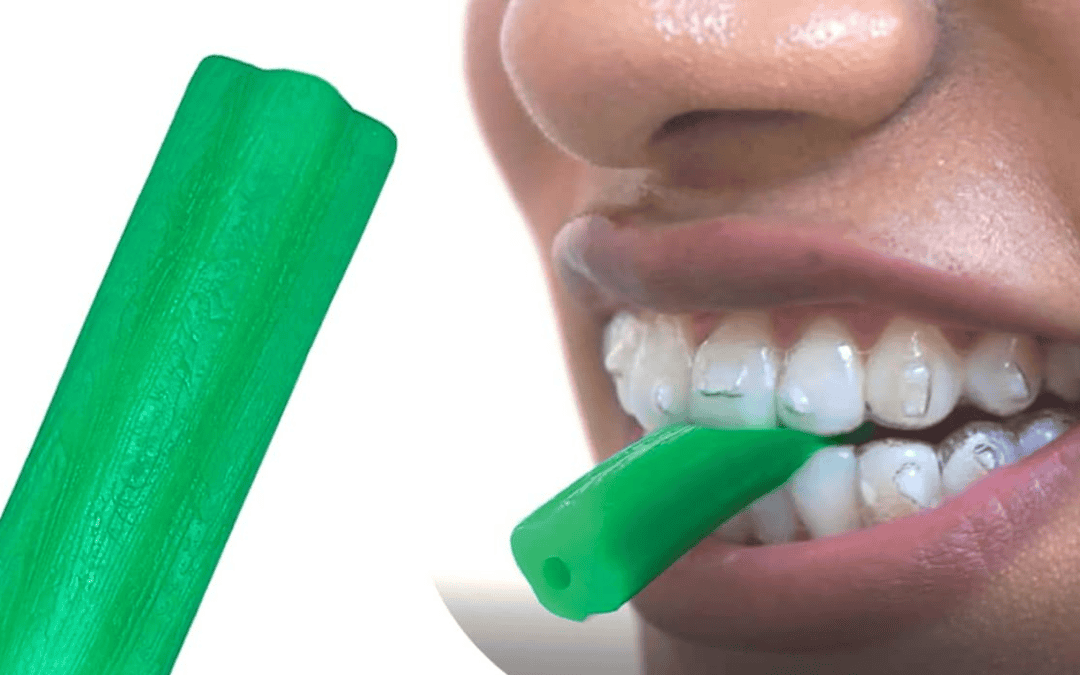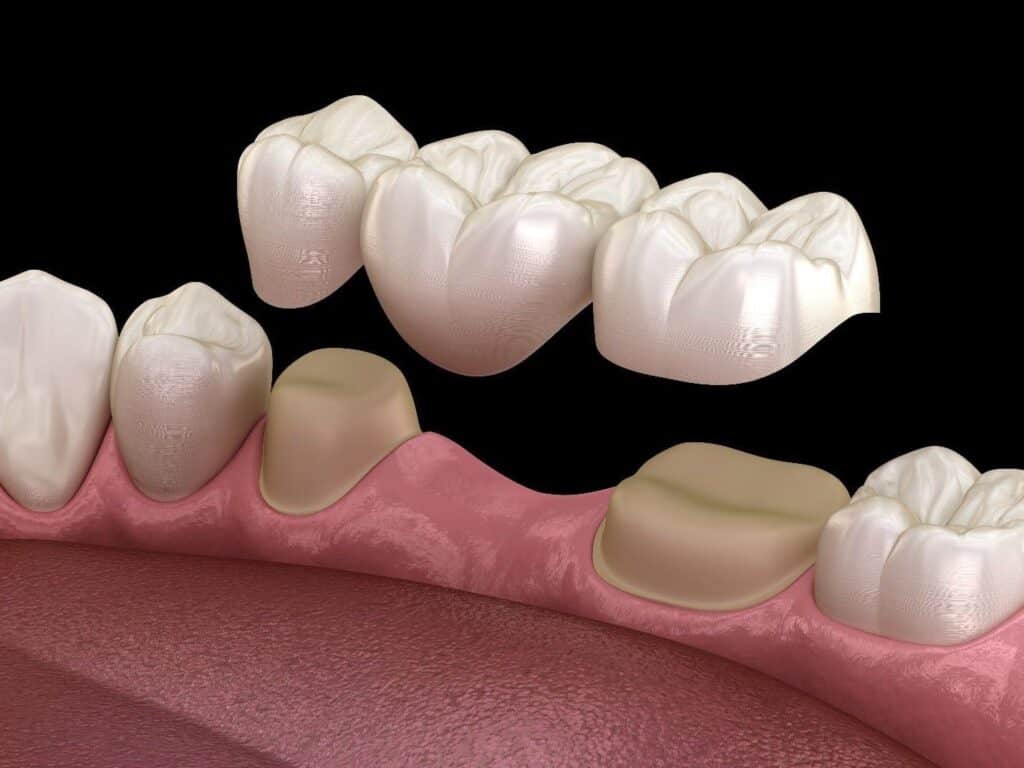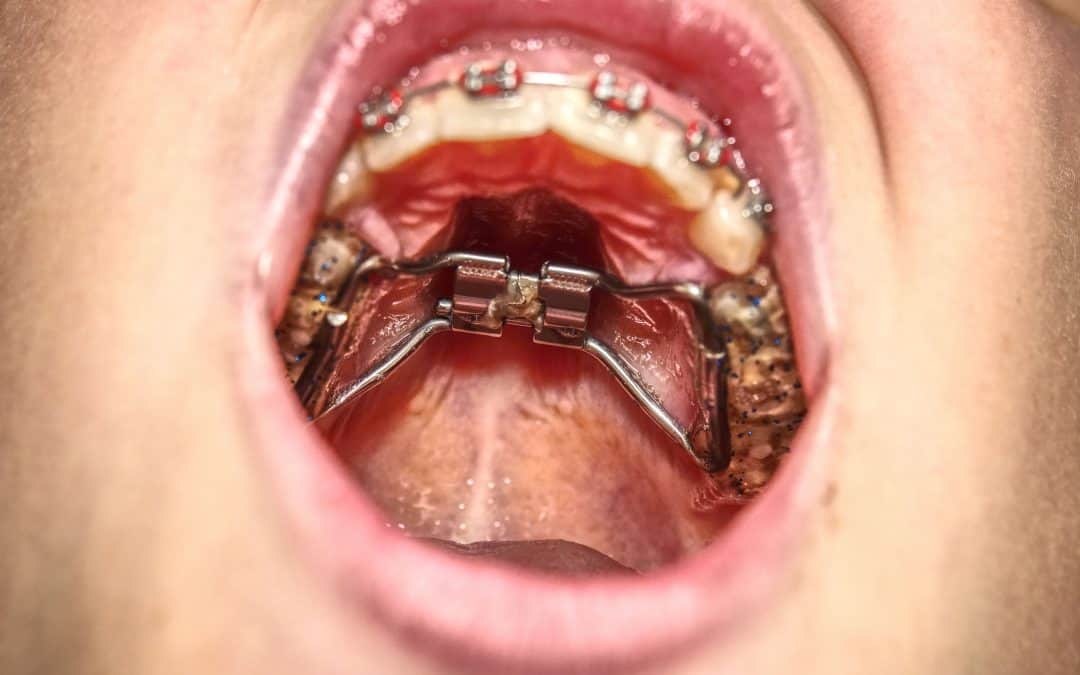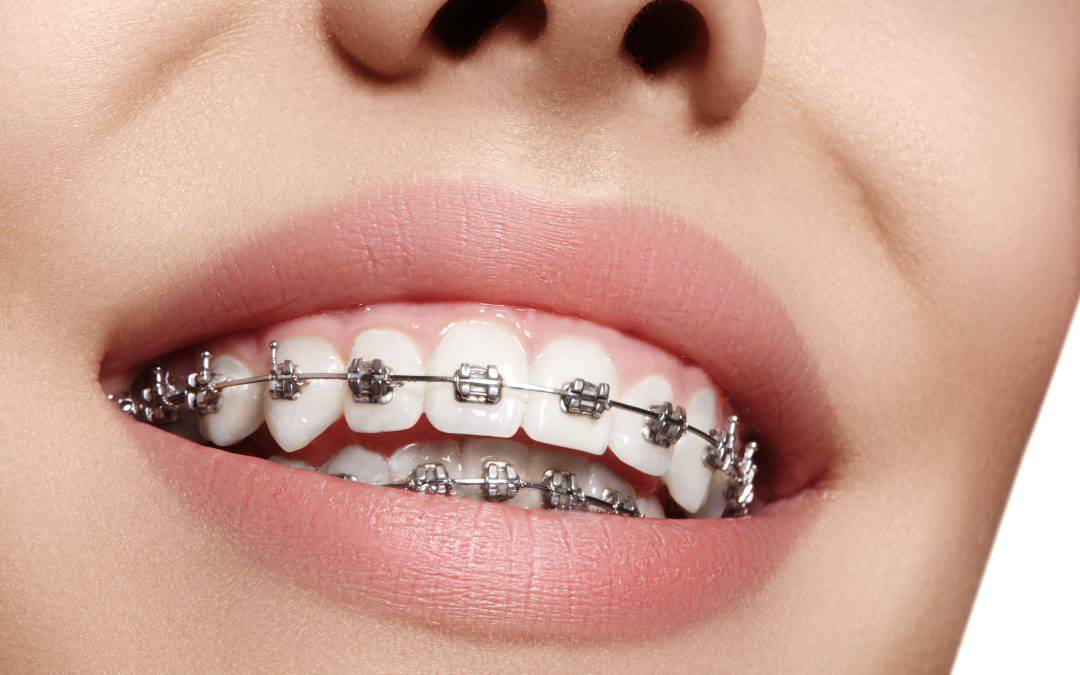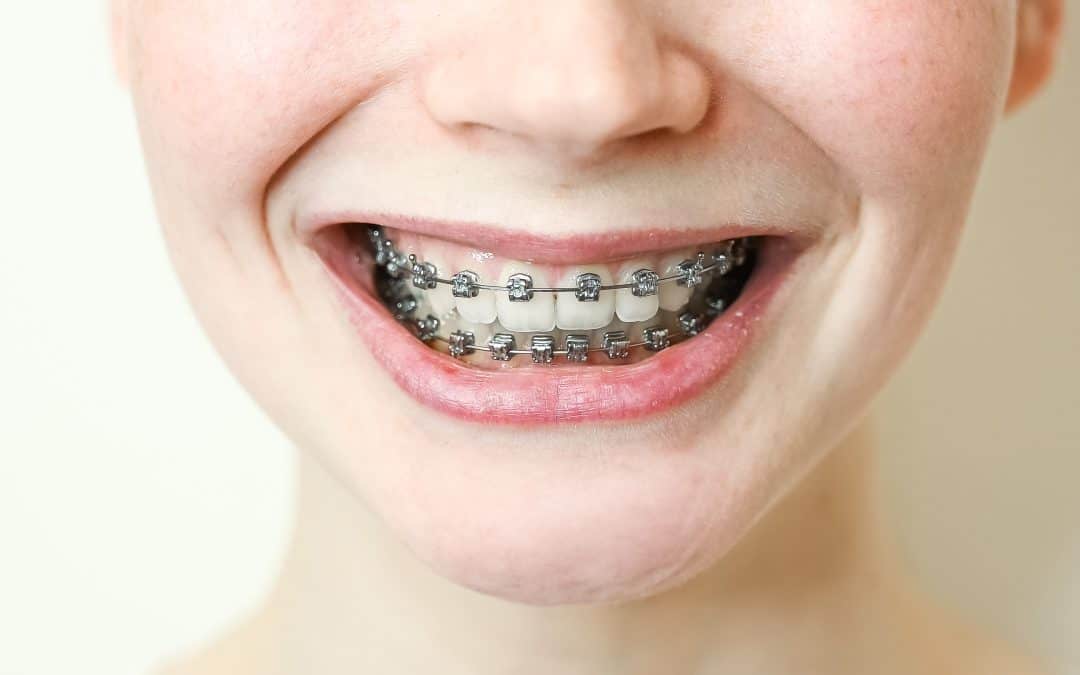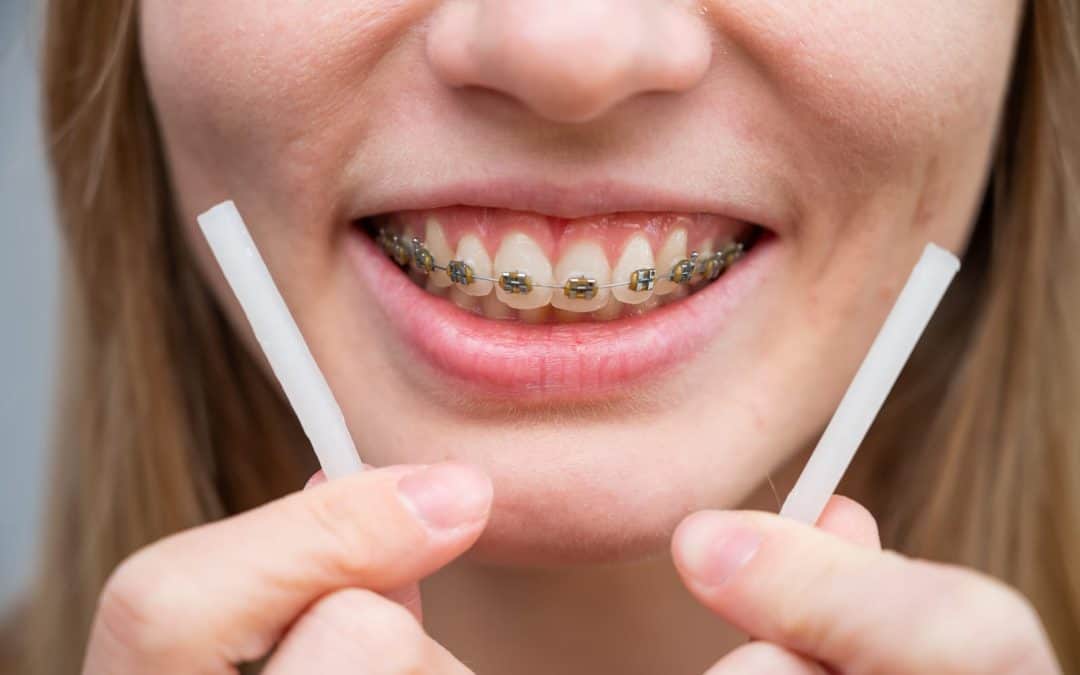An attractive smile can transform how we perceive ourselves and others. Achieving such confidence requires not just aesthetics but also how it makes you feel when flashing those pearly whites. Gaps between teeth may cause embarrassment; however, with teeth gap filling now more accessible than ever, it’s easy to feel more assured when flashing those pearly whites. Let’s look into this Teeth gap filling to boost our self-esteem!
Before exploring solutions, it’s essential to understand why these gaps exist. Diastema (the gap between teeth), as medical professionals know it, can arise for various reasons, such as genetics or habits like thumb-sucking; it could be down to the size and growth patterns of your jaw and teeth. While charming or unique in appearance, sometimes gaps cause embarrassment or lessened confidence for many individuals.
Teeth Gap Causes You Must Know
There are a number of causes of teeth gap. Let’s check out below
-
Size Disparity Between Jaw and Teeth Gaps:
This may occur when there’s an imbalance between jaw bones and the teeth in terms of their sizes; when smaller teeth than expected are present compared with jawbone size, spaces or gaps may form between them, leading to uneven wearing on jaw bone surfaces and eventual tooth dislocation.
-
Oversized Labial Frenum:
Your labial frenum connects the inside of your upper lip with the gum above your front teeth. An oversized labial frenum can lead to gaps between upper front teeth by preventing them from closing properly, leading to gaps between them and creating spaces that require treatment to close correctly.
-
Childhood Habits:
Certain childhood behaviors like thumb sucking and tongue thrusting can put outward pressure on the teeth, pushing them apart and contributing to gaps. This pressure could push outward on all your other teeth, causing gaps between them.
-
Early Loss or Late Arrival of Adult Teeth:
If baby teeth fall out earlier than expected or adult teeth arrive later, this could create spacing issues and gaps as teeth adjust to available space in the mouth.
-
Periodontal Disease:
Adults often struggle with periodontal disease, which primarily impacts gums and supporting bone structures, leading to tooth gaps. Periodontal disease often weakens and loses bone around the teeth, causing movement or spacing issues and ultimately resulting in tooth gaps.
Each of these causes combines genetic and lifestyle influences. Therefore, consultation with a dental professional must be held to establish the specific cause and appropriate treatments for tooth gaps, providing personalized and caring dental care services.
Different Solutions to Teeth Gap Filling
Thanks to modern dental technology, gap filling is no longer intimidating. Here are different ways how to fill teeth gap.
Dental Bonding:
Dental bonding is an increasingly popular solution for small gaps. The process involves applying tooth-colored resin directly to teeth, then shaping and hardening with special light. This procedure typically takes only one visit and involves minimal discomfort compared with other options available. Teeth bonding offers fast results with little downtime.
Veneers: Veneers for teeth gaps
provide an ideal long-term solution. Made from thin shells of tooth-colored materials such as porcelain, veneers are custom-designed and installed over the front surface of teeth to cover gaps and enhance and improve your smile by covering discoloration, misshapen teeth, or chipped areas of enamel.
Dental Implants or Bridges:
In cases where larger gaps due to missing teeth exist, dental implants and bridges are viable solutions. Implants replace any missing roots, while bridges fill any empty spaces created by missing teeth.
Invisalign:
It provides a less noticeable alternative to traditional braces. Custom-made, clear aligners gradually move teeth together until gaps close and are removable, making eating and dental hygiene more manageable.
Braces:
Braces may be necessary for more severe dental issues or gaps, like larger ones. Over time, they will realign your teeth and close gaps gradually. Although braces for teeth gap require longer-term commitment, they offer comprehensive solutions for gaps and other alignment issues, improving oral health.
What is teeth gap filling cost?
Filling a tooth gap can vary significantly in terms of cost depending on which treatment method and geographical region is selected, for instance:
Traditional dental braces:
It cost anywhere between $3,000 and $7,000. Rest it vary from the dentist to dentist you choose.
Invisalign:
As an alternative to braces, Invisalign typically costs anywhere from $3000-$8000, depending on its length and complexity of treatment.
Dental Bonding:
For small gaps, bonding is an economical and accessible solution that typically ranges between $300 to $800 per tooth.
For more permanent solutions porcelain veneers offer more permanent solutions but can cost anywhere between $500 and $2,000 per tooth.
Dental Implants or Bridges:
Implants tend to be the more costly option, typically costing anywhere between $1,500 and $6,000 per tooth; bridges teeth gap filling cost similarly depending on materials used and number of teeth involved.
Bottom Line
Closing gaps with teeth is more than a dental procedure; it’s an investment in yourself and a path toward a happier, healthier you. From bonding, veneers, or braces – the result should be an unfailing smile you can be proud to show off! So, if you want a boost of confidence, consider gap-filling. After all, it’s not about just your teeth; it’s all about confidence that comes from within! Connect with Dental Healthline professionals for teeth gap fix and get your smile again.

